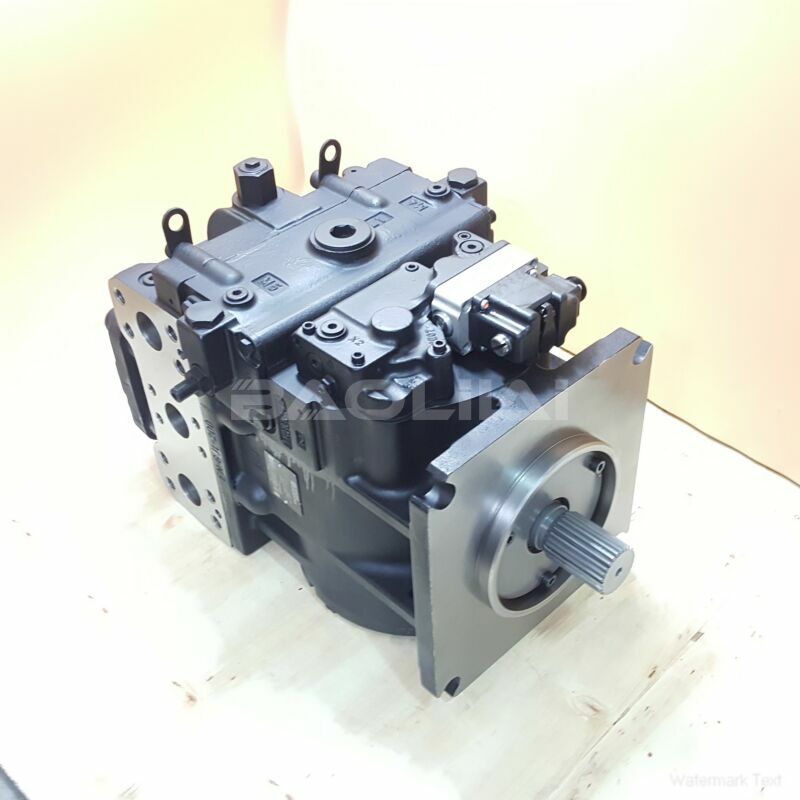90R180KA5EF80TCC8J05NNN383824 sauer danfoss pump
90R180KA5EF80TCC8J05NNN383824 sauer danfoss pump

- Product Details
- Applicable Scene
In the realm of hydraulic systems, the duty cycle of a hydraulic pump is a critical parameter that often gets overlooked. Understanding the duty cycle is essential for optimizing performance, ensuring longevity, and preventing unexpected failures in hydraulic systems. This article will delve into what a hydraulic pump duty cycle is, how it affects pump operation, and why it is important in various applications.
90-R-180-KA-5-EF-80-T-C-C8-J-05-NNN-38-38-24
90R180KA5EF80TCC8J05NNN383824
A hydraulic pump’s duty cycle refers to the ratio of operational time to the total cycle time, typically expressed as a percentage. This measurement is crucial for assessing the pump’s performance under different operational conditions. A pump with a duty cycle of 50% means it operates for half of the time and rests for the other half. This balance between operation and rest allows the pump to dissipate heat generated during its use, reducing the risk of overheating and damage.

83006840
Various factors influence the duty cycle of a hydraulic pump. The most significant considerations include the type of pump, the load it carries, the operating environment, and the specific application requirements. For instance, a hydraulic pump used in a manufacturing environment may have a different duty cycle compared to one utilized in an agricultural setting. Applications requiring continuous operation might necessitate pumps designed to handle higher duty cycles, while intermittent operations can afford to use pumps that are not rated for prolonged use.
The importance of understanding the duty cycle extends beyond mere performance metrics. A good grasp of the duty cycle can lead to more efficient system designs. When engineers and technicians can accurately estimate the required duty cycles for pumps in specific applications, they can select the right type of pump, configure it appropriately, and ensure that it operates within recommended limits. This helps to avoid problems such as inefficient energy use, accelerated wear and tear, and increased maintenance costs.





